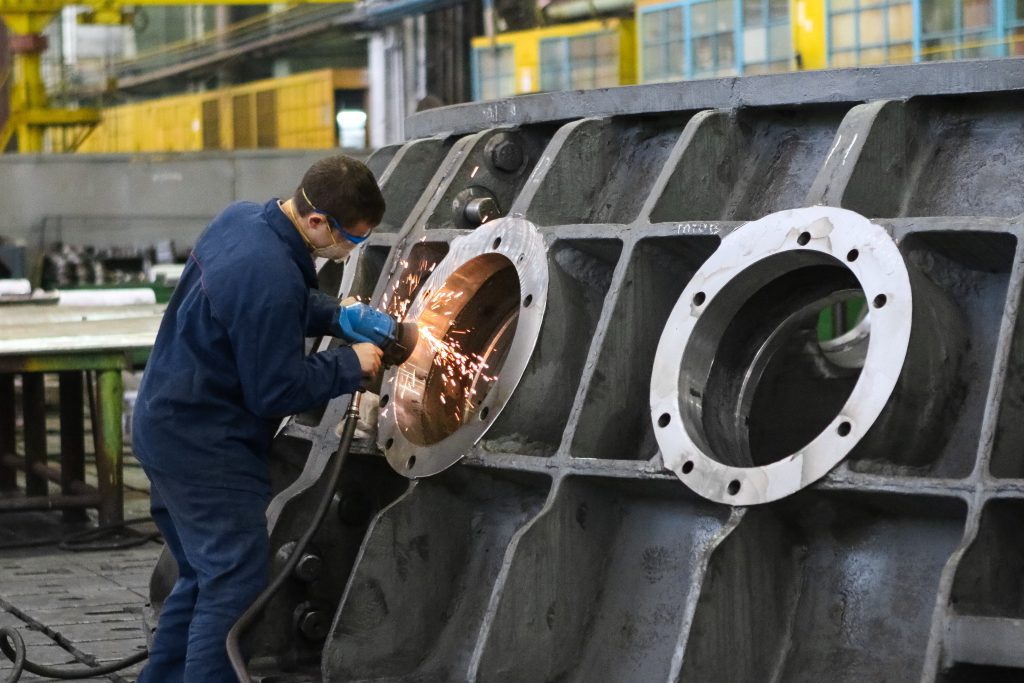

Standard Operating Procedures (SOPs) first came into common business parlance and usage in the manufacturing industry post-World War II.
Simply put, an SOP is “a set of written guidelines or instructions for the completion of a routine task, designed to increase performance, improve efficiency, and ensure quality through systemic homogenization”* Knowing the importance of SOPs is very important in the IT industry.
So manufacturers set about writing procedures, training their workforce in following them and then monitoring the same to ensure procedures were followed consistently. This brought huge benefits to manufacturers, including:
· Consistency of production – by following the same procedure every product and component would be the same. This brings huge benefits in terms of quality control, reduction in defects and therefore customer satisfaction
· Improved efficiency – no need to try and figure out how to do something – staff are trained on the procedure and then follow it. Eliminating guesswork streamlines processes and makes production faster
· Continuous improvement. With a procedure in place, consistently adhered to, it’s much easier to improve on it. If everyone ‘does their own thing’ best practice is almost impossible to determine. With a standard procedure and a feedback culture in the workforce, it’s possible to improve procedures and processes continuously.
McDonald’s famously adopted an SOP approach to ensure consistency of food production and service. As a result, a Big Mac in New York looks and tastes the same as one served in Tokyo. This doesn’t mean the menus don’t also reflect local tastes – you can order a Teriyaki burger in Japan – but consistency remains key.
So what does this have to do with Information Technology and IT support for customers? Well, I’ve found that as our business has expanded so too has the need for consistency. As a start-up 11 years ago (in the British Virgin Islands) there was pretty much nothing written down – we were focused on building the business. Then as we grew and we recruited technicians, it was possible to explain procedures to them individually and advise them on an ongoing basis. With a co-located handful of staff, this was entirely possible and also made ongoing improvement communications possible too.
Then we expanded and acquired a company in England (CCS2000). We now had a choice – allow the businesses to operate autonomously and ‘go their own way’ – or standardise. We chose the latter route for several reasons:
· We wanted to ensure best practice could be shared across the companies
· First-class IT management requires the same expertise, training and knowledge no matter where you operate
· We wanted technicians on either side of the Atlantic to be able to provide support to customers no matter where they (the customers) were located
· We wanted to adopt a proactive-support model that minimised client IT issues – to move away comprehensively from the ‘Break-Fix’ approach which (to my astonishment) is still prevalent in the industry.
In adopting this approach we were also mindful of the need for flexibility of approach on a local basis (as for the McDonalds teriyaki burger example). This meant we needed to adopt a dual approach:
1. Operational standardisation – consistency of approach on all IT-related matters. So for example, setting up a new PC for a staff member in one of our customers
2. Non-standard standardisation – an oxymoron that means ensuring any non-standard requirements for a customer are recorded and written into a procedure accordingly. Customer ABC may require their PCs to have some additional configuration in addition to our standard approach from (1).
So how did (do) we do this? Well, by the adoption of SOPs in Information Technology.
I can tell you from experience, it’s much easier said than done! We have been working on it for several years and it’s fair to say that it will always be an ongoing activity. There’s always a new procedure to write or an existing one to amend or improve upon.
Nonetheless, when we acquired another IT business in England (IDT) in 2019, it was clear that all the hard work had paid off. We were able to standardise working practices in a matter of weeks. Furthermore, we were able to adopt best-practice from within the new business to our existing procedures.
It’s worth noting that it isn’t just a matter of writing (and updating) the SOPs. Underpinning standardisation is the need for:
· Ongoing training – existing staff refreshers, new starters all need to be trained and monitored for process adherence
· Open culture – openness to feedback from the technicians following the procedures is key to continuous improvement. It also has the added benefit of participation which lends itself to a healthy work culture
· Integrating tools – we have the benefit of a bespoke business management system that we have developed ourselves (JIM). This allows us to deploy and monitor SOPs accordingly, with the flexibility to amend our processes thanks to the bespoke nature of our BMS.
It’s been a challenging and fascinating journey to move from ‘start-up in the sun’ to a Trans-Atlantic IT business. No doubt it will continue to be so, but without the adoption of SOPs, I know it would not have been possible.



